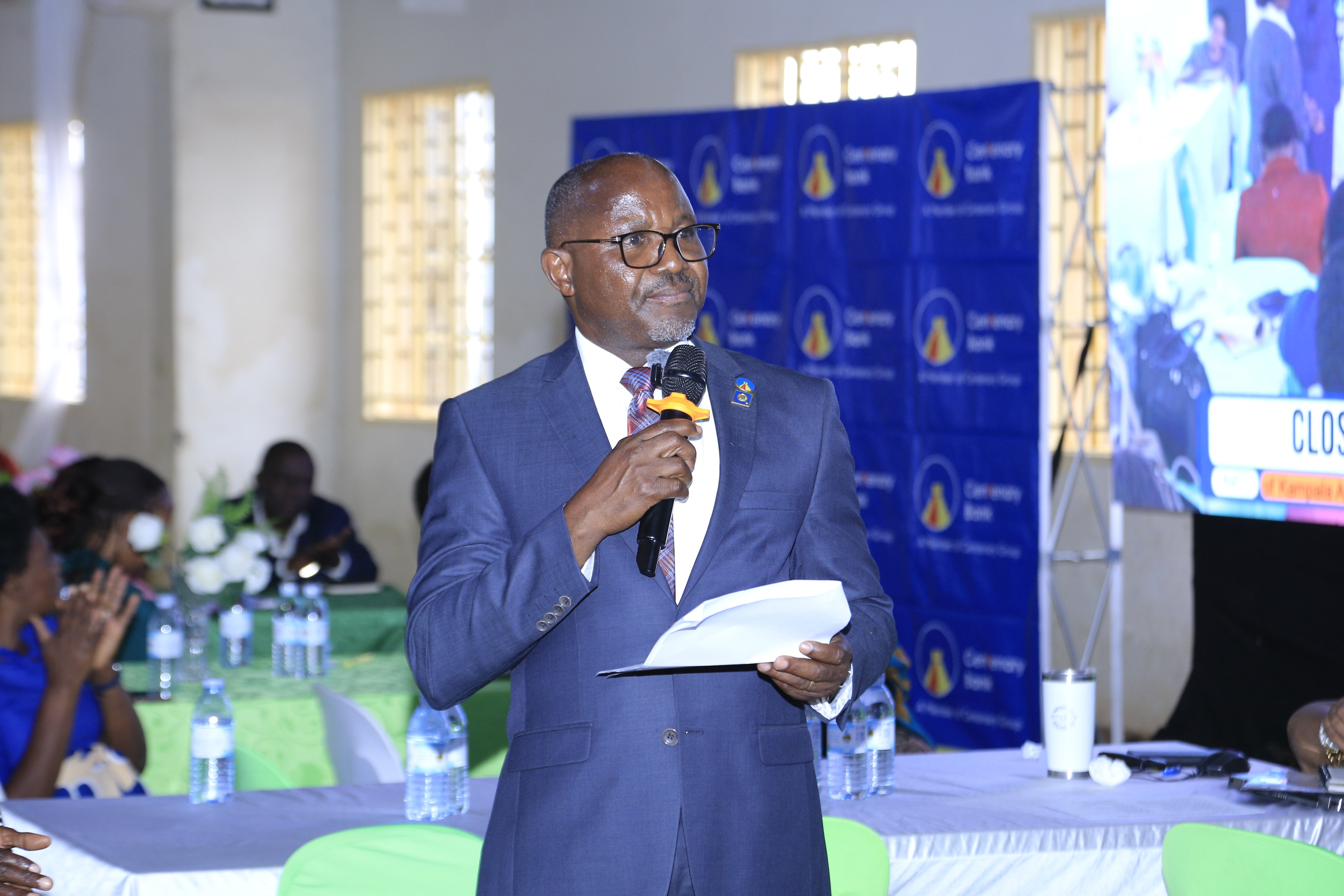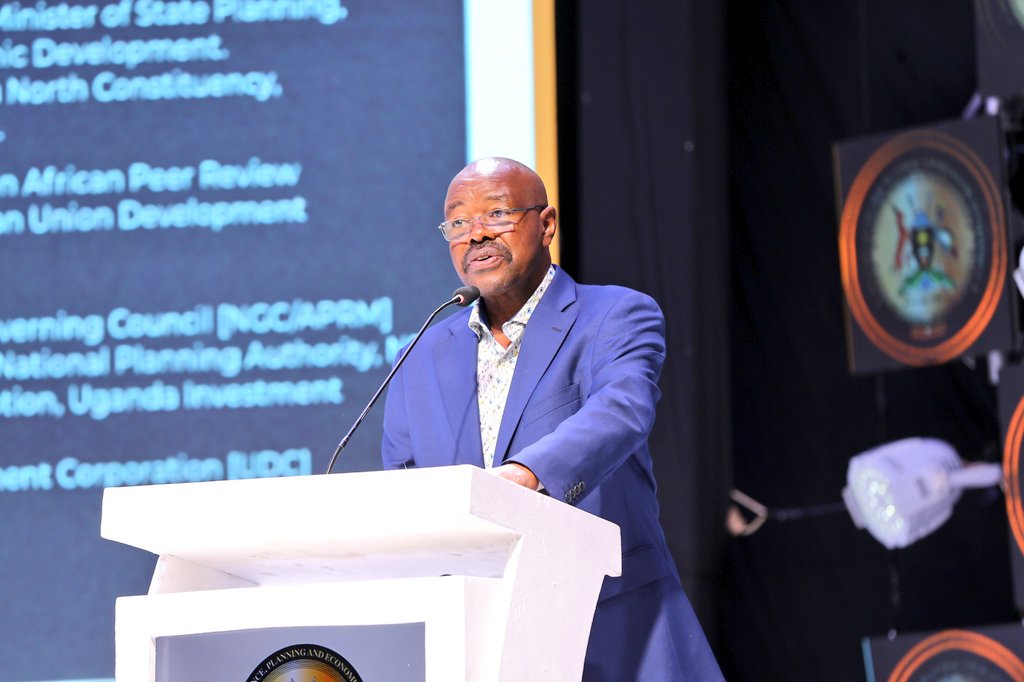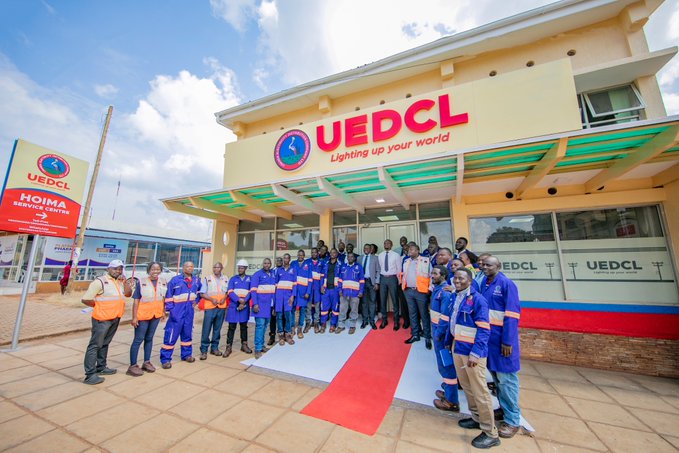Why gov’t must prioritize the agriculture sector in FY2024/2025 budget
Worse of all, the agriculture sector for FY2024/25 is highly dependent on external financing to realize its objectives and 1 trillion of the program budget is expected from external financing.

By Olive Atuhaire
In January 2024, the Parliament of Uganda approved the FY2024/25 National Budget Framework Paper (NBFP) amounting to UGX 52.7 trillion. The passing of the NBF Paper is in line with the requirement of the Public Finance Management Act 2015 which sets February 1st as the deadline for parliament to approve it.
However, it is concerning that the agro-industrialization sector plays a key vital rural, especially for the rural communities that depend on agriculture, the resources were reduced for FY2024/25 as compared to FY2023/2024. The agriculture sector plays a central role in Uganda’s economy and is a source of livelihood for a significant proportion of Ugandans. The sector accounts for up to 50% of exports and employs 64% of all Ugandans as well as 72% of all youths. However, in the budget, agricultural sector resources were reduced to about UGX 170 billion, UGX 1.605 trillion in FY 2024/25 from UGX 1.813 trillion in FY 2023/24 despite the government’s commitments to invest in agricultural transformation.
Additionally, it should be noted that currently, there is an absence of the National Irrigation Master Plan. The country continues to face numerous climate-related changes, particularly prolonged droughts which impede all year-round production for farmers. For instance, in FY 2021/22, the Ministry constructed 110 valley tanks each with a capacity ranging from 10,000m3 to 20,000m3 in the water-stricken districts of the cattle corridor to increase access to water for livestock production and ultimately control the movement of animals.
However, the absence of a national strategy or plan to guide investments in water for agricultural production, especially among small-scale farmers is continuously affecting the efforts to improve the sector. The Ministerial Policy Statements of the MPS FY2023/24, indicate that the MAAIF has abandoned the finalization of the irrigation master plan and is proposing to attain a legal framework for irrigation. While this legal framework is necessary, it does not negate the need for the irrigation master plan to coordinate investments in water for agriculture production and productivity. This can be evidenced by the funding gap of UGX 25 billion which is required for the provision of small-scale irrigation to support production at the Parish level under the Parish Development Model (PDM).
Worse of all, the agriculture sector for FY2024/25 is highly dependent on external financing to realize its objectives and 1 trillion of the program budget is expected from external financing. Up to 70% of the development budget in the program is externally funded. This increased dependence on external funds to finance the agro-industrialization program greatly contributes to financial instability and economic crises as the agricultural economy becomes vulnerable to changes in donor priorities and funding levels.
Therefore, to improve the agricultural sector which is the green economic sector and has the potential to provide jobs, improve community livelihoods and Gross Domestic Product (GDP) as well and reduce climate change effects, the government should ensure that the agricultural sector resources allocations for FY2024-2025 are increased. The government through parliament should also task the Ministry of Agriculture, Animal, Industry, and Fisheries (MAAIF) to finalize the process of developing the National Irrigation Master Plan as an effort to improve the agro-industrialization program in Uganda.
The writer, Olive Atuhaire is a Research Associate at AFIEGO







